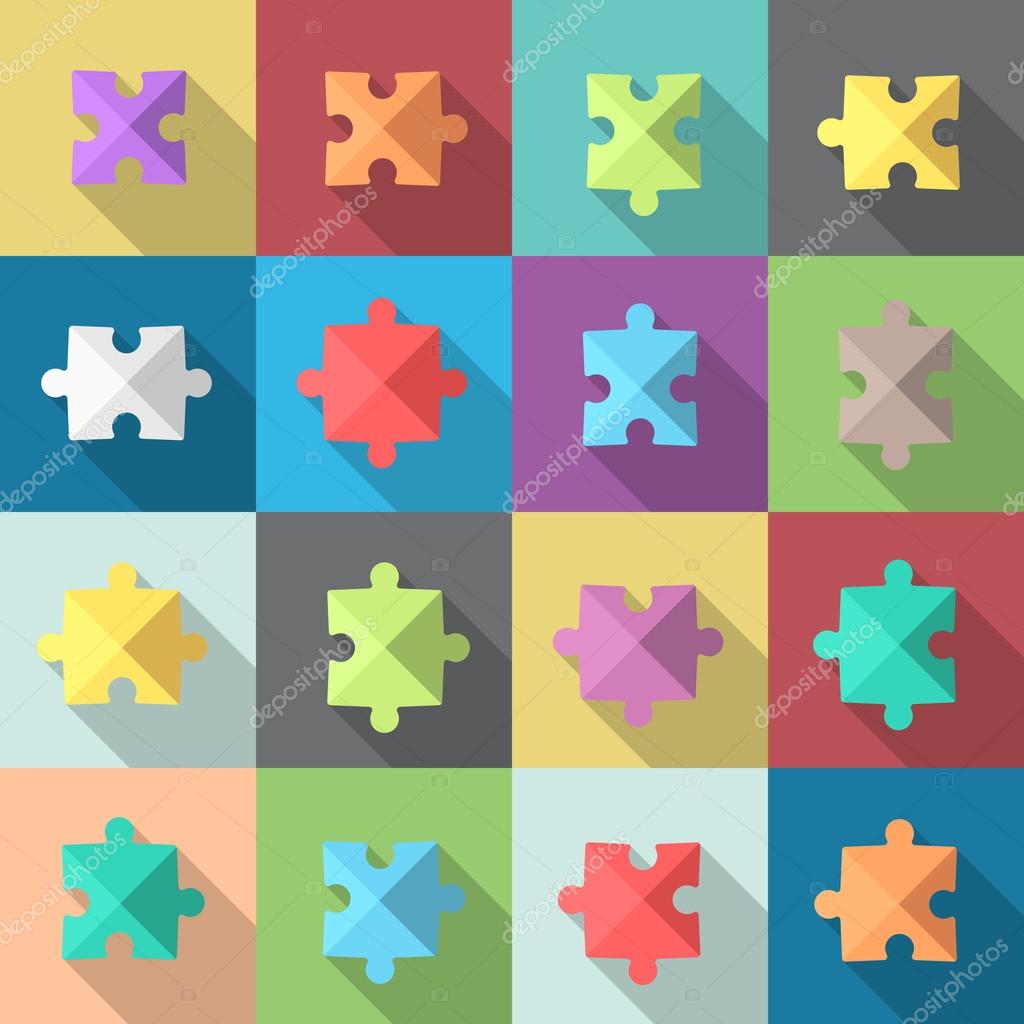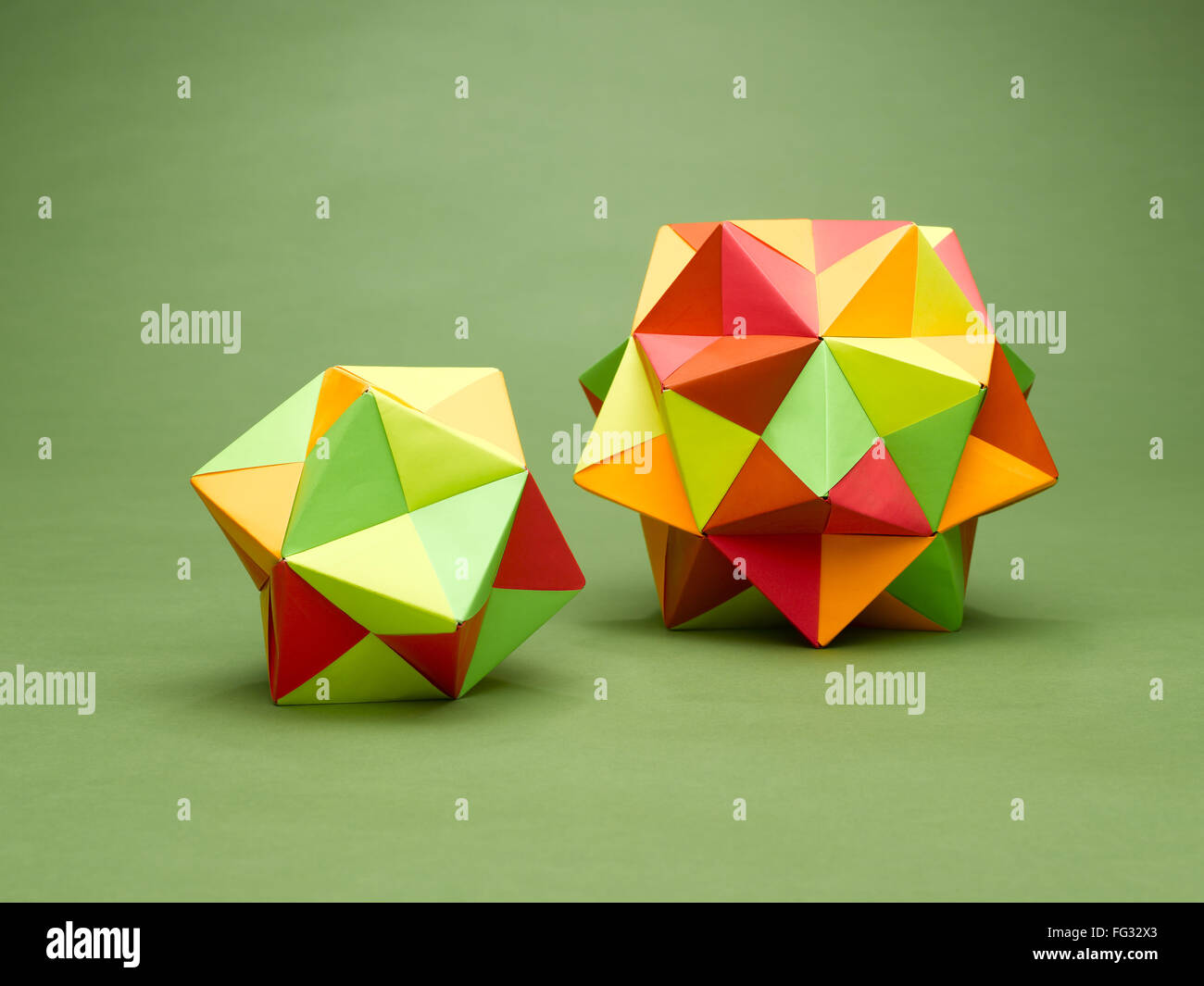In today's fast-paced world, the concept of multiple pieces has become increasingly relevant in various aspects of life, from fashion and art to technology and business. Whether you're exploring wardrobe combinations, designing a masterpiece, or optimizing business strategies, understanding the concept of multiple pieces is essential for success.
Multiple pieces refer to the practice of combining different elements to create a cohesive whole. This idea transcends industries, offering versatility and adaptability to meet diverse needs. By mastering the art of multiple pieces, individuals and businesses alike can unlock new opportunities for growth and innovation.
As we delve into the intricacies of multiple pieces, this comprehensive guide will provide actionable insights, expert tips, and real-world examples to help you harness the full potential of this powerful concept. Let's explore how you can leverage multiple pieces to achieve your goals and elevate your endeavors.
Read also:Discover The Magic Of Game Show Network Your Ultimate Entertainment Hub
Table of Contents:
- What Are Multiple Pieces?
- The Importance of Multiple Pieces
- Applications of Multiple Pieces
- Advantages of Using Multiple Pieces
- Challenges in Implementing Multiple Pieces
- Tips for Maximizing Multiple Pieces
- Examples of Multiple Pieces in Action
- Data and Statistics on Multiple Pieces
- Future Trends in Multiple Pieces
- Conclusion and Call to Action
What Are Multiple Pieces?
Multiple pieces encompass a range of components that, when combined, form a harmonious and functional entity. This concept is not limited to physical objects but extends to ideas, strategies, and processes. For instance, in fashion, multiple pieces refer to versatile clothing items that can be mixed and matched to create various outfits. In technology, it could mean integrating different software solutions to enhance productivity.
The essence of multiple pieces lies in their ability to adapt to different scenarios while maintaining coherence. This adaptability makes them invaluable in today's dynamic world, where change is constant and flexibility is key.
Understanding the core principles of multiple pieces allows individuals and organizations to create innovative solutions that address complex challenges effectively.
The Importance of Multiple Pieces
Why Multiple Pieces Matter
In an era where customization and personalization are paramount, multiple pieces offer a way to cater to diverse preferences and needs. They provide flexibility, enabling users to tailor solutions to their specific requirements. Whether in design, business, or technology, the ability to combine different elements seamlessly is crucial for achieving desired outcomes.
Moreover, multiple pieces promote efficiency by reducing redundancy and optimizing resource utilization. By leveraging the strengths of individual components, users can achieve greater results with minimal effort.
Read also:Nicoletta Ruhl Date Of Birth A Comprehensive Guide To Her Life And Career
Applications of Multiple Pieces
1. Fashion and Design
In the fashion industry, multiple pieces have revolutionized the way people approach wardrobes. Instead of relying on a single outfit, individuals can now create countless combinations using versatile clothing items. This approach not only saves money but also encourages creativity and self-expression.
2. Technology
Technology has embraced the concept of multiple pieces through modular systems and integrations. For example, businesses can combine different software solutions to streamline operations and improve efficiency. This modular approach allows for greater scalability and adaptability.
3. Business Strategy
In the business world, multiple pieces are evident in strategic planning. Companies often use a mix of marketing channels, distribution methods, and product lines to reach a broader audience and maximize profitability.
Advantages of Using Multiple Pieces
Embracing multiple pieces offers numerous benefits across various domains:
- Flexibility: Multiple pieces allow for easy customization and adaptation to changing circumstances.
- Cost-Effectiveness: By reusing and repurposing components, users can reduce expenses and optimize resources.
- Innovation: Combining different elements fosters creativity and encourages the development of new ideas.
- Scalability: Multiple pieces enable systems and processes to grow and evolve over time without losing functionality.
These advantages make multiple pieces a valuable asset in any field, providing a competitive edge in today's competitive landscape.
Challenges in Implementing Multiple Pieces
While the concept of multiple pieces is undeniably beneficial, it does come with its own set of challenges:
- Complexity: Integrating multiple components can be intricate and may require specialized knowledge.
- Compatibility Issues: Ensuring that all pieces work seamlessly together can be a significant hurdle.
- Maintenance: Managing and maintaining a system with multiple components can be time-consuming and resource-intensive.
Addressing these challenges requires careful planning and a thorough understanding of the components involved. By investing in the right tools and expertise, users can overcome these obstacles and fully harness the power of multiple pieces.
Tips for Maximizing Multiple Pieces
To get the most out of multiple pieces, consider the following tips:
- Plan Strategically: Develop a clear plan outlining how each component will contribute to the overall goal.
- Focus on Compatibility: Ensure that all pieces are compatible and can work together harmoniously.
- Invest in Quality Components: High-quality components are essential for achieving optimal results.
- Regularly Review and Update: Periodically assess the system to identify areas for improvement and implement necessary updates.
By following these guidelines, users can maximize the potential of multiple pieces and achieve their desired outcomes.
Examples of Multiple Pieces in Action
1. Modular Furniture
Modular furniture is a prime example of multiple pieces in action. These systems allow users to configure and reconfigure pieces to suit their changing needs, offering flexibility and adaptability in home and office spaces.
2. Open-Source Software
Open-source software platforms often rely on multiple pieces to provide users with a customizable and scalable solution. This approach empowers developers to create innovative applications by combining different modules.
3. Hybrid Vehicles
Hybrid vehicles combine multiple power sources, such as gasoline engines and electric motors, to optimize performance and efficiency. This integration of components exemplifies the power of multiple pieces in the automotive industry.
Data and Statistics on Multiple Pieces
According to a report by Statista, industries that embrace modular and multi-component systems experience a 20% increase in productivity compared to those that rely on single-component solutions. Additionally, a survey conducted by Gartner revealed that 70% of businesses plan to invest in modular technologies in the next five years.
These statistics underscore the growing importance of multiple pieces in driving innovation and efficiency across various sectors.
Future Trends in Multiple Pieces
As technology continues to evolve, the concept of multiple pieces is expected to play an even more significant role in shaping the future. Key trends to watch include:
- Artificial Intelligence Integration: AI will enhance the capabilities of multiple pieces by enabling smarter and more autonomous systems.
- Sustainability Focus: There will be a greater emphasis on creating eco-friendly multiple pieces that minimize environmental impact.
- Personalization: Advances in data analytics will allow for more personalized and tailored solutions using multiple pieces.
By staying informed about these trends, individuals and organizations can position themselves at the forefront of innovation and success.
Conclusion and Call to Action
In conclusion, multiple pieces represent a powerful concept that offers flexibility, innovation, and efficiency across various domains. By understanding and implementing this concept effectively, users can unlock new opportunities for growth and success. Whether in fashion, technology, or business, the ability to combine different elements seamlessly is essential for thriving in today's dynamic world.
We invite you to take action by exploring the possibilities of multiple pieces in your own life or business. Share your experiences and insights in the comments below, and don't forget to check out our other articles for more valuable content. Together, let's embrace the power of multiple pieces and shape a brighter future!


